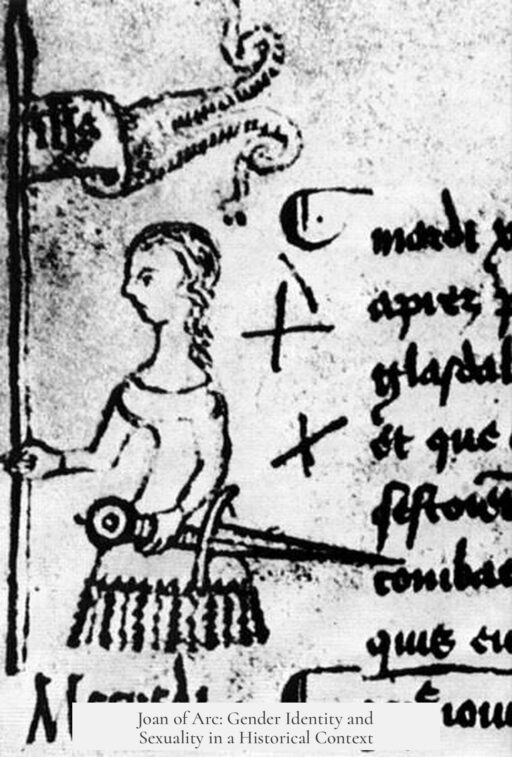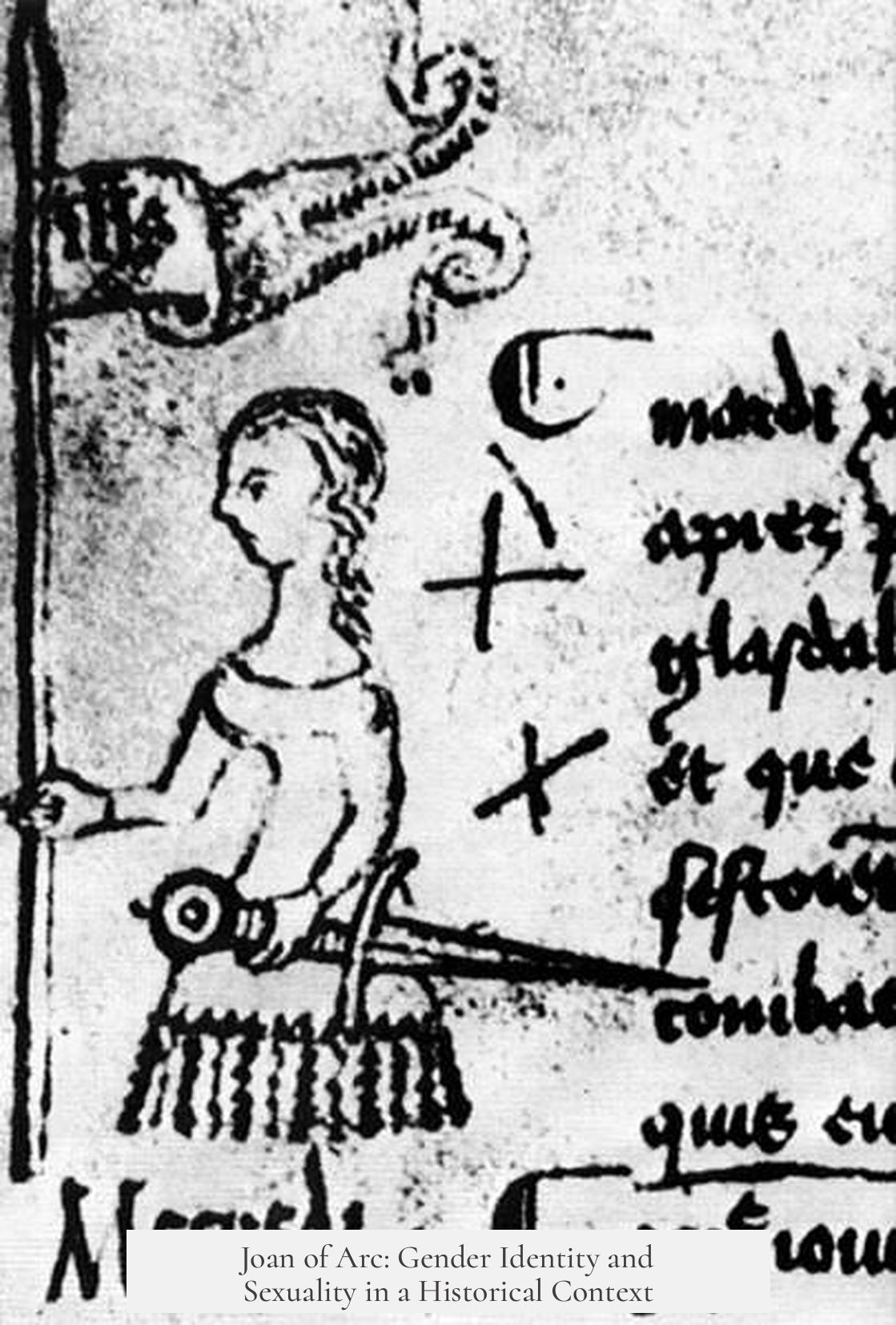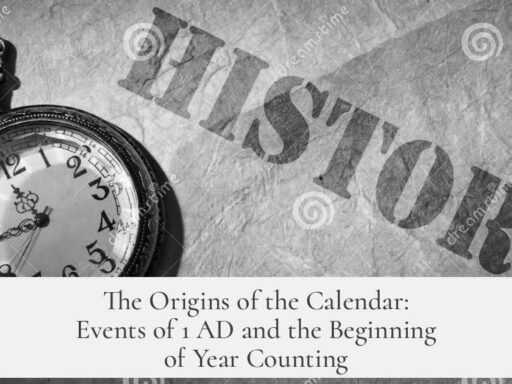Joan of Arc was neither definitively trans nor a lesbian by modern definitions. These terms are modern constructs that did not exist in the Middle Ages when she lived. Joan’s identity and actions must be understood in their historical and cultural context, rather than through contemporary labels.
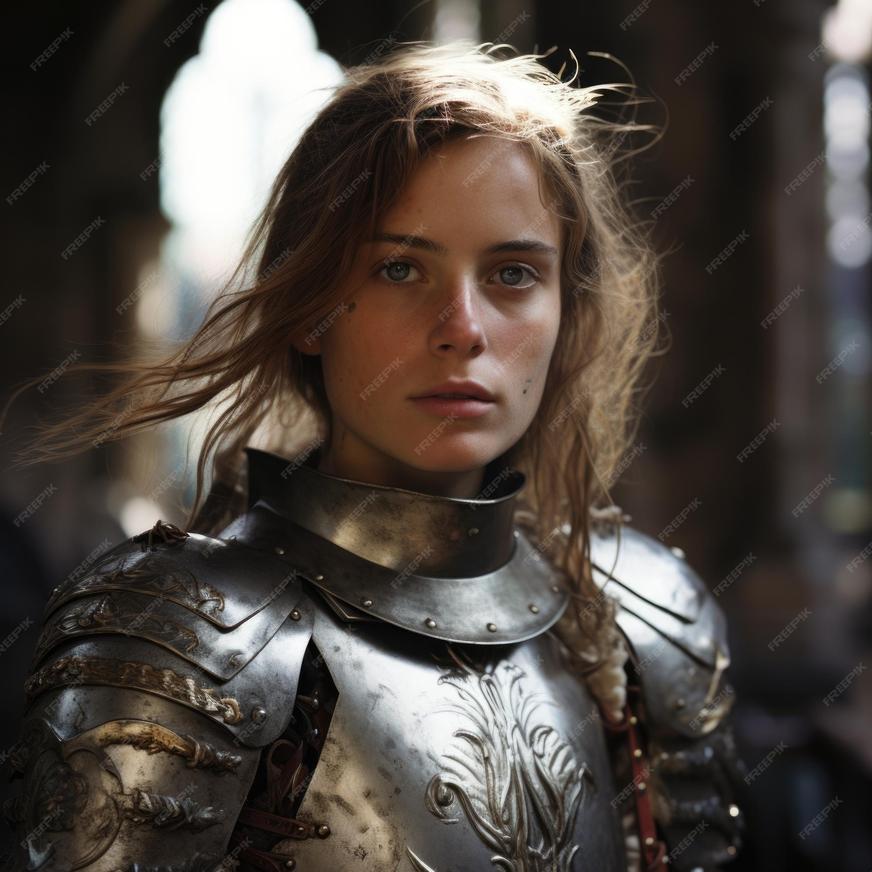
In the 15th century, people did not identify using current terms like “transgender” or “lesbian.” Such categories describe modern understandings of sexuality and gender identity. While same-sex attraction and gender variance certainly existed historically, the way individuals perceived themselves and expressed identity was shaped by the norms and beliefs of their time.
Joan of Arc famously dressed in male attire, but scholars widely agree this was influenced by multiple factors beyond personal identity. The strict gender roles of medieval Europe, heavily governed by Christianity, allowed limited scope for women in military or political roles. Joan’s choice to wear men’s clothing likely had practical, spiritual, and political motivations. This included ease of movement, protection, and signaling divine mission rather than a statement about gender identity.
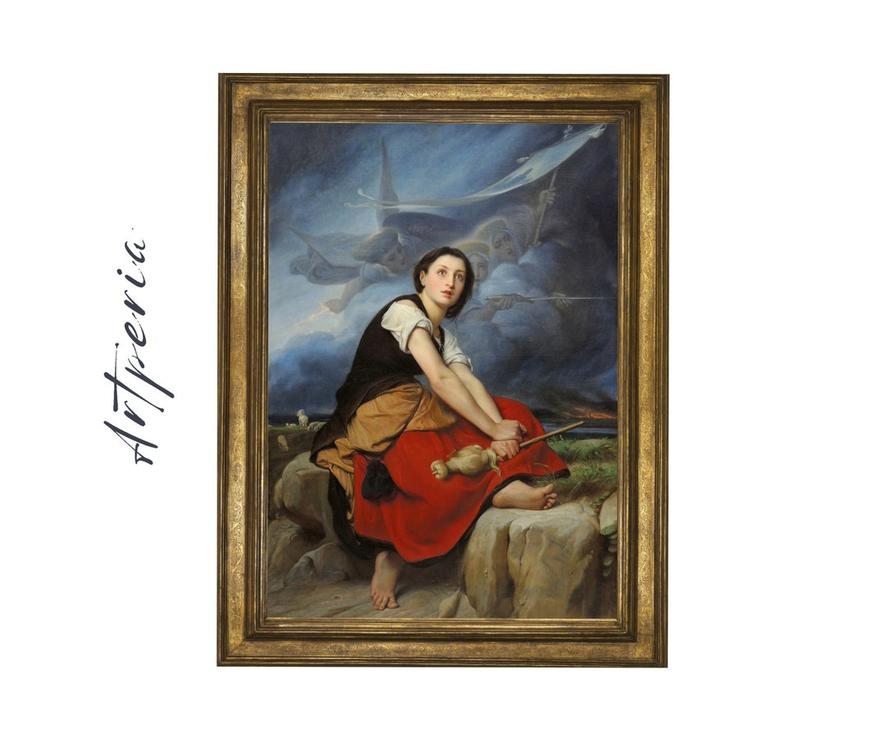
Historians caution against imposing modern labels onto historical figures. Joan would not have understood herself as “trans” since that concept did not exist. Similarly, claiming she was a lesbian does not align with the evidence or cultural framework of her time, despite the possibility of varied personal attractions.
This question also applies broadly to many historical figures, such as members of religious orders. Their gender expression or same-sex relationships, if any, cannot be classified by today’s categories without distortion. Instead, understanding their lives requires nuance and respect for the historical setting.

- Modern terms “trans” and “lesbian” did not exist in Joan’s time.
- Joan’s male dress had practical, spiritual, and political reasons.
- Christianity and medieval gender roles shaped gender expression.
- It misleads to retrospectively categorize her by modern identity labels.
- The same caution applies to many historical persons and groups.
Was Joan of Arc Trans or a Lesbian? Untangling History from Modern Lenses
The quick answer: Joan of Arc was neither trans nor a lesbian as we would define it today. Assigning those labels to her risks bending history to fit modern categories. These terms didn’t exist in her time, so framing her life that way is anachronistic.

But let’s not shut the door entirely on Joan’s unique story. Her life raises fascinating questions about gender, identity, and sexuality in a time very different from ours. So, what really happened—and why do we even ask about Joan of Arc this way?
Why It’s Trickier Than It Seems: The Problem With Modern Labels
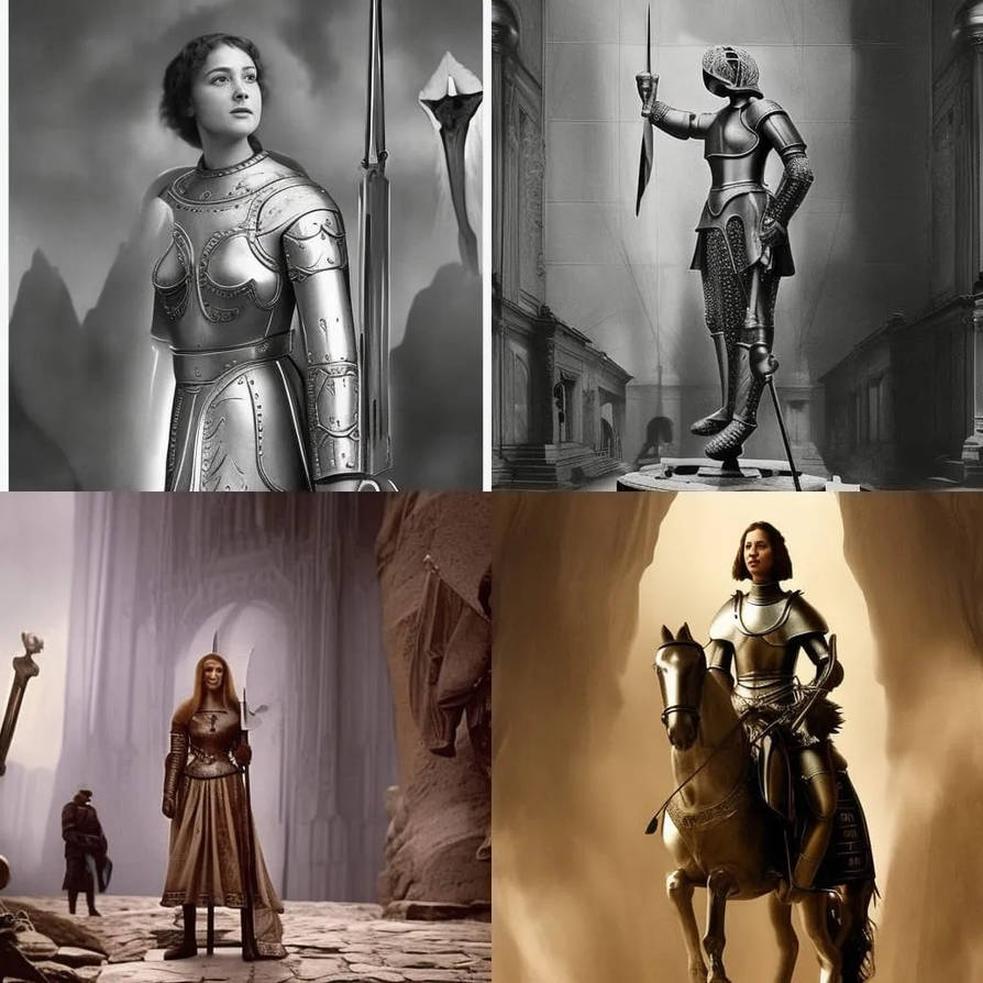
Take a moment and imagine trying to explain smartphones to a 15th-century farmer. Sounds wild, right? Now, swap that farmer for Joan of Arc—born in 1412—and replace “smartphone” with “trans” or “lesbian.” Those words simply don’t map onto her reality.
The terms trans and lesbian as we know them are modern inventions. The medieval world viewed gender and sexuality through a very different lens. While we now use these categories to define who someone loves or how they feel about their own gender, medieval societies had no such boxed identities. They had roles, behaviors, spiritual beliefs, and social norms that guided them.

Joan herself dressed in men’s clothes, but not because she said, “Hey, I am trans.” She later explained it was a necessity for safety during the war and to avoid harassment or worse. In medieval France, cross-dressing was not just about self-expression—it was a deeply practical choice intertwined with social expectations and survival.
The Powerful Shadow of Christianity and Gender Roles
Christianity in the Middle Ages wielded enormous influence on daily life and ideas about gender. The Church taught strict gender binaries, and deviations could be considered sinful or scandalous. Joan’s choice to wear armor and lead troops was radical—she broke gender norms not for personal gender identity reasons (as we might be tempted to think) but to fulfill what she believed was a divine mission to save France.
Understanding Joan’s time means recognizing that “gender roles” weren’t just social rules; they were spiritual and political roles. Joan’s cross-dressing can be interpreted through many lenses—spiritual devotion, political symbolism, war practicality—none necessarily aligning with modern gender identity concepts.
Could Joan Have Been Attracted to Women—or Struggled With Gender? Possibly, But We Can’t Know
Here’s where nuance matters most. History seldom offers neat answers. Scholars acknowledge that Joan could have experienced feelings or struggles that resemble what we now call “lesbian” or “gender dysphoria.” However, she did not have a vocabulary or framework to identify with those terms—and certainly no evidence survives confirming such internal experiences.
Instead, Joan’s life was recorded mostly through trial transcripts, official records, and biographers’ accounts, all embedded with their own agendas. These sources focus on her military leadership, religious visions, and martyrdom, not her personal sexual or gender identity.
So, saying “Joan was lesbian” or “Joan was trans” without solid evidence risks oversimplification. It imposes contemporary ideas retroactively and overlooks the unique cultural and historical context she occupied.
Joan’s Story Is Part of a Larger Pattern in History
Curiously, this kind of question—“Was this historical figure trans or gay?”—doesn’t just arise with Joan of Arc. It pops up whenever we look at figures who defied gender norms: nuns who lived strict celibate lives, male monks serving the Church, or other influential personalities whose behaviors don’t fit neat boxes.
This question urges us to reconsider how sexual and gender diversity existed long before modern terminology. It teaches us that identity, as we understand it, is tied deeply to culture and time.
What Can We Learn From Joan’s Life Today?
- Respect Complexity: Joan’s story warns us against rushing to label historical figures with modern identities. It invites deeper exploration of context, culture, and motivation.
- Embrace Intersectionality: She was a warrior, a mystic, a political icon, and a devout Christian—all layered identities that impacted her choices beyond gender or sexuality.
- Understand Survival Strategies: Joan’s clothing and public behavior aligned with survival and mission goals rather than identity as we think of it now.
Joan of Arc was revolutionary in her time. Her courage to stand against norms, lead armies, and face martyrdom inspires people across generations. Yet, her story reminds us that the past doesn’t always fit modern narratives neatly.
Final Thoughts: Asking the Right Questions
Instead of trying to slot Joan into 21st-century categories, maybe we should ask: What does Joan’s life reveal about gender, power, and faith in medieval Europe? How did she challenge the limits of her society? And what can we learn about resilience from her story?
Historical figures like Joan of Arc compel us to journey beyond simplistic labels. They push us to think critically about identity—past and present—while honoring the rich complexities of human experience.
“To judge a medieval saint by modern definitions is like trying to read a book in a language half-forgotten.”
So, was Joan of Arc trans or a lesbian? The honest answer is we simply don’t—and can’t—know in those terms. But her legendary bravery and boundary-breaking life continue to inspire, no matter the label.
Was Joan of Arc transgender by modern standards?
Joan of Arc lived in a time before the concept of transgender identity existed. She wore men’s clothing for practical and possibly spiritual reasons. Calling her transgender applies a modern label she would not have recognized.
Could Joan of Arc have been a lesbian?
Sexuality in the Middle Ages was understood differently. While she may have had feelings for women, the term “lesbian” is a modern one, so it’s hard to label her that way.
Why did Joan of Arc wear men’s clothing?
Joan’s choice to wear men’s clothing related to the culture and practical needs of her time. It had spiritual, political, and social reasons tied to her mission. It wasn’t necessarily about gender identity as we see it today.
Is it accurate to apply modern gender and sexuality terms to medieval figures?
No. Terms like “trans” and “lesbian” describe current understandings. Medieval people had different views, so applying these labels can be misleading.
Did other historical religious figures face similar questions about gender and sexuality?
Yes. Many religious figures, including nuns and male servants, lived in contexts where modern ideas of gender and sexuality didn’t exist. Labels like gay or trans don’t adequately reflect their experiences.
